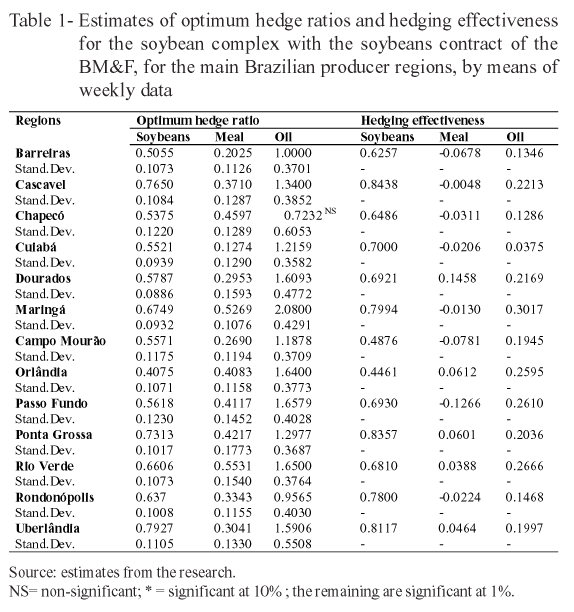Reduce Pricing Risks With Effective Hedge Strategies
Post on: 16 Март, 2015 No Comment

Reduce Pricing Risks With Effective Hedge Strategies
Hedge transactions made simple.
February 3, 2011
by Ron Box, CPA.CITP
Risk is an unavoidable fact of business life. The strategies that we use to recognize and mitigate risk can often determine the success or failure of a business. One of the most important, yet often misunderstood, mitigation tools is the hedging of financial risk. What steps can an average business take to offset unfavorable swings in commodities and interest rates? When effectively conceived and executed, hedging can benefit companies of almost any size. Hedge transactions do not have to be complicated and they do not have to be the province of large companies.
Hedge Programs Explained
Consider hedging as a form of insurance against certain forms of financial transaction risk. Two of the most common financial risks that can be offset by a well-constructed hedge program will help protect against price swings in commodities and interest rates. There are several mechanisms that are used for such transactions that can involve futures contracts, short sells and rate swaps, among other more exotic positions. Financial executives entering into their first hedge offsets should first devise a specific set of guidelines that clearly outline:
- The Risk to Be Hedged Define the specific risk that you wish to offset. Interest rate and commodity price concerns will generally require different mechanisms to offset, so each will require separate strategies.
FASB 133/IAS 39
With any hedge program, you should be aware of the accounting standards that will govern the reporting of those transactions. FASB 133 and IAS 39 (IFRS) (PDF) In part, the summary under FAS 133 says: Under this Statement, at the inception of the hedge, an entity that elects to apply hedge accounting is required to establish the method it will use for assessing the effectiveness of the hedging derivative and the measurement approach for determining the ineffective aspect of the hedge. These methods must be consistent with the entity’s approach to managing risk. Corporate Finance Insider readers should note that Statement no. 133 was superseded after it was codified in section 815 of the FASB Accounting Standards Codification. As such you should carefully research the sections of FAS 815 and IAS 39 that apply to your hedge program.
Advice on Hedge Programs
According to Tod Ferguson, senior relationship manager for corporate banking at the Royal Bank of Canada United States subsidiary, many financial executives moved away from commodity hedge transactions after the financial crisis. The hedge environment was somewhat unpredictable after the crisis and this led many finance executives to defer the use of hedge transactions that might have otherwise been useful. Some experienced traders had set a properly constructed hedge based on 2007 volume, but when the volume changed significantly in such a short time they found themselves over hedged versus the new need. With so much volatility in the commodity markets caused by the recession, a number of traders opted on the side of caution and reduced or eliminated the number of hedge transactions. With the economy showing signs of recovery, it may be time to reconsider the consistent use of well-conceived commodity hedge transactions.
Ferguson recommends that commodity hedge transactions could be beneficial in today’s market. Consider the following points as you determine the risk mitigation plan for your organization:
- Make sure that the counterparty in the hedge transaction is reliable.
Mitigating financial risk with hedge transactions can be very helpful to businesses of all sizes, particularly as those risks become more pronounced. Many circumstances beyond the control of financial executives can affect the commodities critical to business operations or the interest rates required for capital. The turmoil in Egypt has disrupted the commodity price of fuel, copper prices have been volatile on supply concerns and many believe that continued deficit spending will create severe inflation with related spikes in interest rates. These events cannot be directly controlled. However, the effect of such events on your business can be offset by effective hedge programs.














